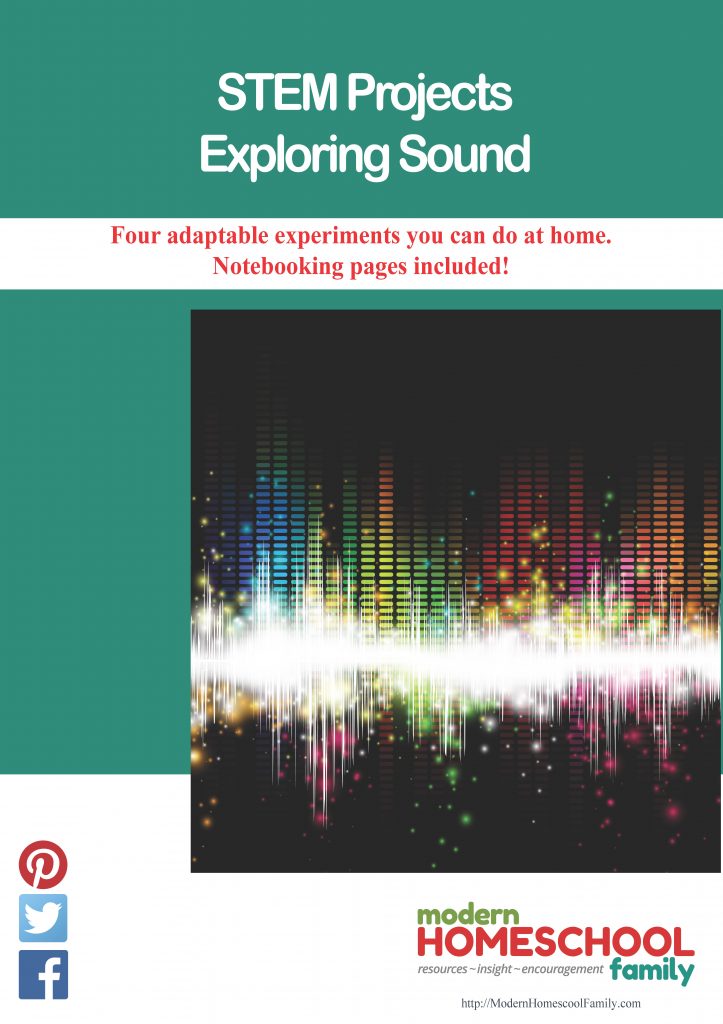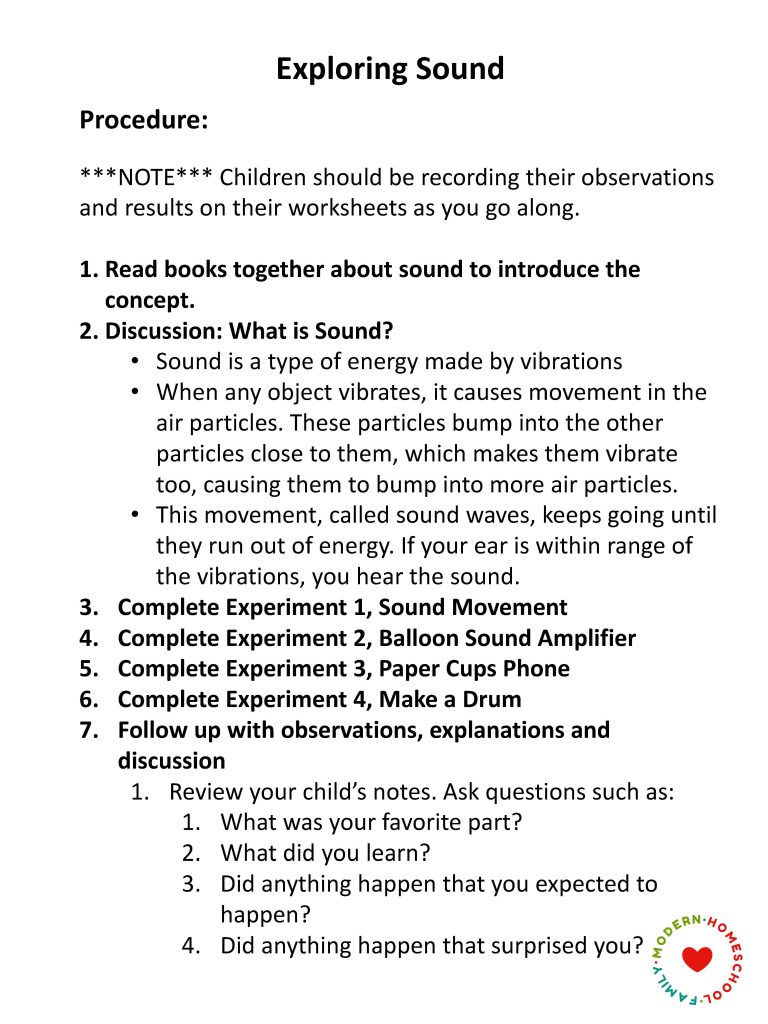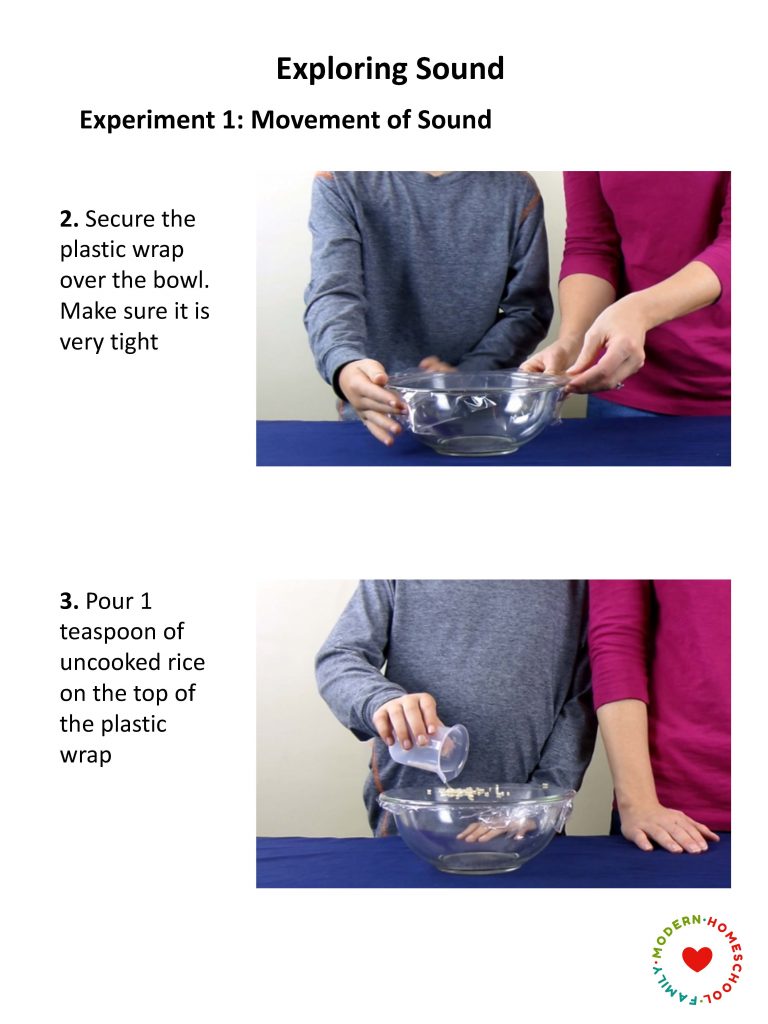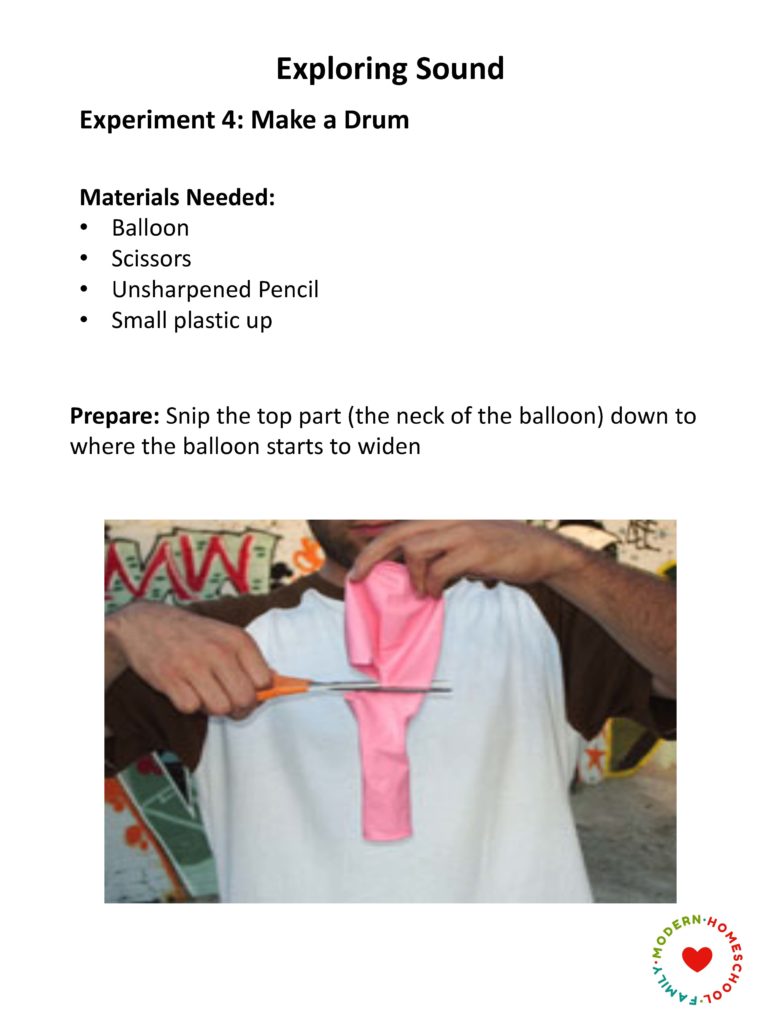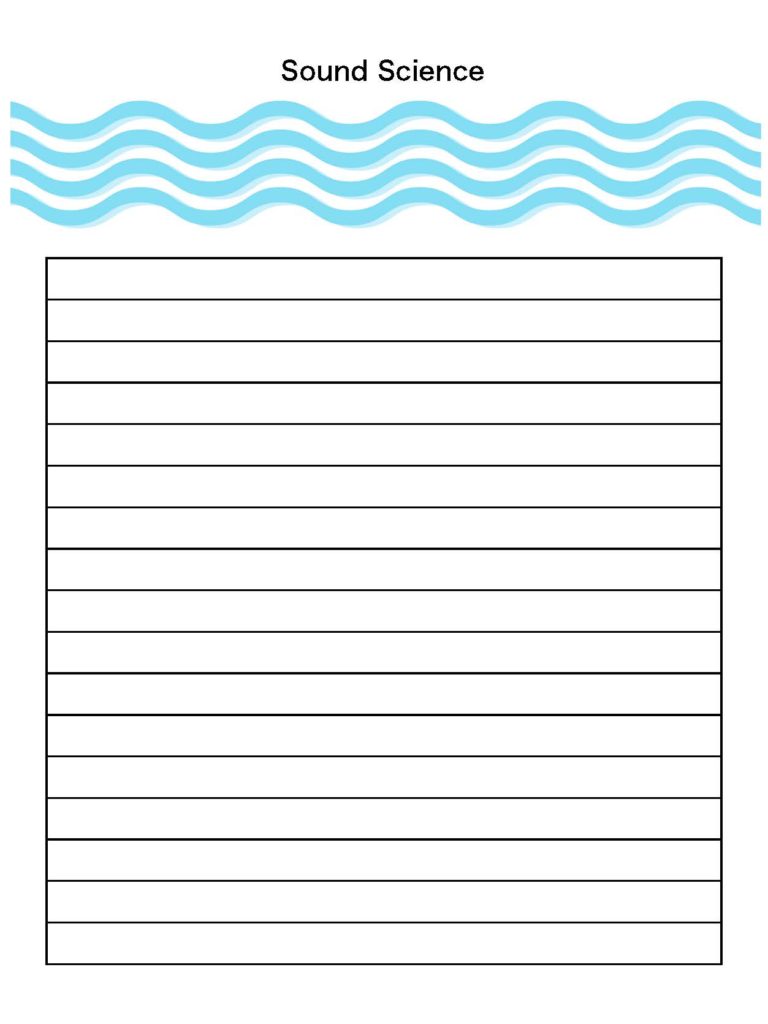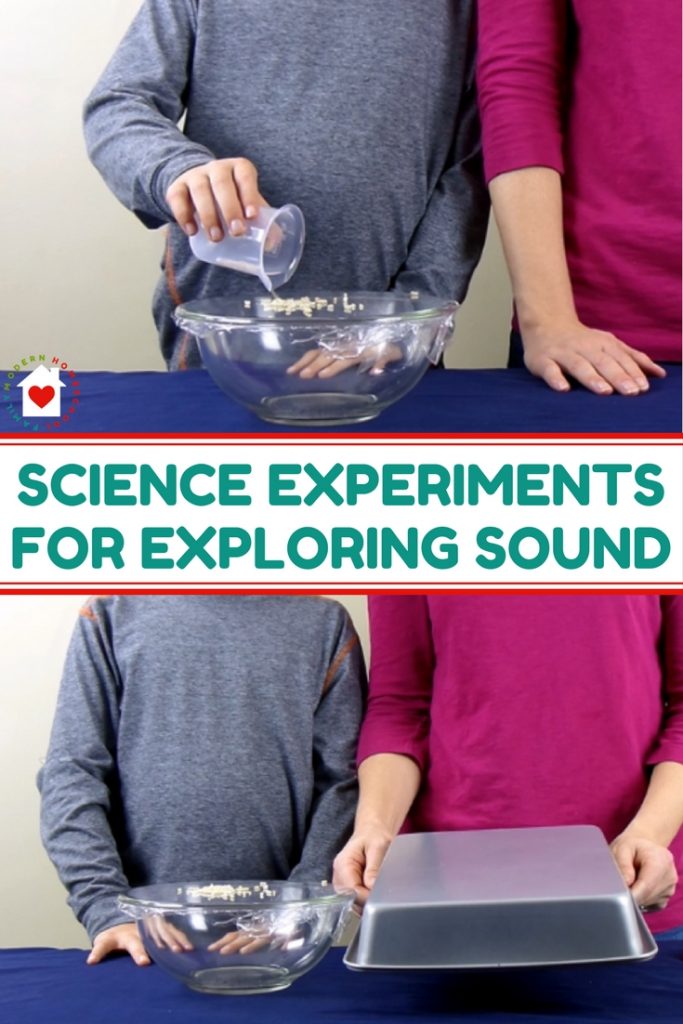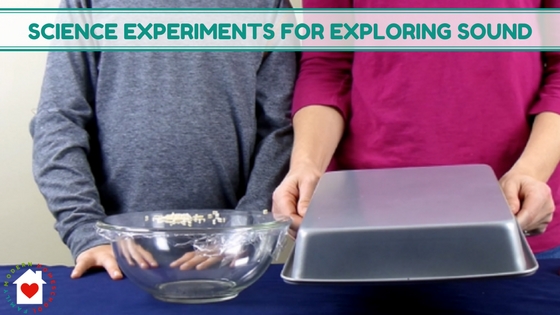
Getting kids interested in science at an early age is very important and it’s easier than you think. Science does not have to be something mysterious. It is happening all around us, and you can use everyday things to encourage your children’s interest and knowledge.
Most parents believe that they can’t help their children with science. You don’t need a advanced scientific degree to teach young children science; just a willingness to try, to observe the world, and to take the time to encourage their natural curiosity.
You can help by having a positive attitude toward science yourself. Then start simply by asking your child questions about the things you see every day. Why do you think that happened? How do you think that works? And then listen to their answer without judging it or judging them. Listening without judging will improve their confidence, and help you determine just what your child does or does not know.
You can turn every day activities into science projects. For example, don’t just comment on how bright the moon is one night. Ask questions about why it’s brighter tonight, why does it change shape, etc. You can observe the moon’s phases throughout a month, and turn that activity into a science project, without even mentioning the words “science project”. For a child that likes cooking, observe how milk curdles when you add vinegar, or how sugar melts into syrup. Try baking a cake and asking why does the cake rise? What happens if you forget to put in some ingredient? Voila! Instant science project idea, without being intimidating to you or your child.
Different kids have different interests so they need different kinds of science projects. A rock collection may interest your young daughter but your older son may need something more involved. Fortunately, it’s not hard to find plenty of fun projects. Knowing your child is the best way to find enjoyable learning activities. Here are some more tips:
Choose activities that are the right level of difficulty – not too easy nor too hard. If you are not sure, pick something easier since you don’t want to discourage a child by making science frustrating. You can always do the harder project later on.
Read the suggested ages on any projects, books or toys labels, but then make sure that the activity is appropriate for your child, regardless of age. Your child’s interest and abilities are unique. If a child interested in a topic,they may be able to do activities normally done by older kids, while a child who is not interested may need something easier aimed at a younger ages.
Consider how well the type of project matches your child’s personality and learning style. Is the project meant to be done alone or in a group? Will it require adult help or supervision?
Choose activities matched to your environment. A city full of bright lights at night may not be the best place to study the stars. But during your vacation to a remote area, you may be able to spark an interest in astronomy.
Let your child help choose the project or activity. It’s easy enough to ask. Rather than overwhelm them, suggest 2 or 3 possibilities. When a child picks something they are interested in, they will enjoy it and learn more from it.
We’ve shared a lot of science experiments, here at Modern Homeschool Family, and today, we have another fun STEM lesson plan on exploring sound.
This lesson plan includes 4 science experiments for learning about sound. This lesson plan can be used with one child or a group and is appropriate for an all-ages introduction to the concepts of sound.
This hands-on lesson plan should take approximately 60-90 minutes to complete.
It will normally be priced at $2.00 but for a very limited time (one week only!) registered users can get it for free (it’s free to register too!). Click any of the images below to go to the download page.
Enjoy!
Also published on Medium.

